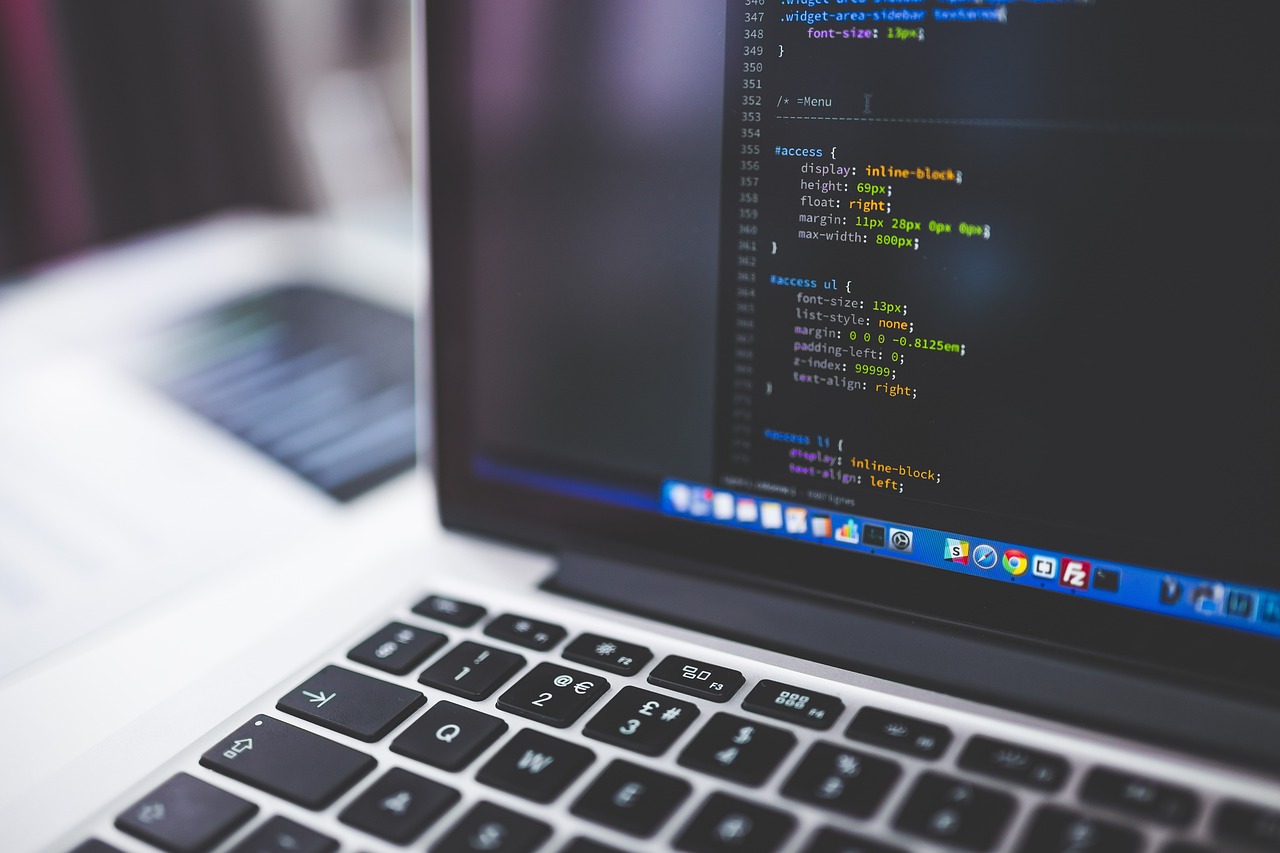“`html
Mixing: The Art and Science of Audio Integration
Welcome to the world of music production, where the magic truly happens. One of the most crucial processes in creating a polished track is mixing. For musicians and producers alike, mastering this art can elevate a raw recording to a professional masterpiece. In this post, we will explore what mixing is, why it’s essential, and provide a comprehensive guide on how to mix like a pro.
What is Mixing?
Mixing is the process of combining individual audio tracks into a cohesive piece of music. This involves adjusting levels, panning instruments within stereo space, and applying effects like equalization (EQ), compression, and reverb. The goal is to ensure that every element of the track can be heard clearly while also creating an engaging listening experience.
Why is Mixing Important?
Effective mixing is vital for several reasons:
- Clarity: A well-mixed track ensures that each instrument and vocal can be heard clearly, enhancing the listener’s experience.
- Balance: Mixing helps achieve a balance between different elements, making sure no single part overpowers the others.
- Emotion: The mixing process can enhance the emotional impact of a song, guiding the listener's attention to key moments.
- Professional Quality: A polished mix is often what separates amateur recordings from professional ones.
Step-by-Step Guide to Mixing
Here's a structured approach to mixing your tracks effectively:
- Organize Your Session:
- Label all tracks clearly.
- Color-code different groups (vocals, drums, guitars, etc.).
- Set Levels:
- Start with all faders at 0 dB.
- Bake in loudness with the most important elements (lead vocals or main instrument).
- Panning:
- Distribute instruments across the stereo field.
- Aim to create a sense of space and depth.
- Equalization:
- Cut unnecessary frequencies.
- Boost frequencies that enhance a particular sound.
- Compression:
- Control dynamics by reducing the volume of loud parts.
- Enhance sustain on softer sounds.
- Reverb and Delay:
- Add depth and dimension without overcrowding the mix.
- Use sparingly to maintain clarity.
- Final Adjustments:
- Listen back on different systems (headphones, speakers, car).
- Make tweaks based on how the mix translates across platforms.
Frequently Asked Questions (FAQs)
1. What is the difference between mixing and mastering?
Mixing is the process of blending individual tracks into one final recording, whereas mastering is the final step in audio production, focusing on optimizing the overall sound and preparing for distribution.
2. How long should I spend mixing a track?
The time spent mixing a track can vary widely. A good rule of thumb is to take breaks and return to your mix with fresh ears. Some mixes might take a few hours, while others could take days or weeks.
3. Do I need expensive gear to mix effectively?
While high-end gear can help, a good mix is more about the skill and understanding of the process than the equipment itself. Many successful mixes are done using affordable software and basic interfaces.
4. Can I mix my own music?
Absolutely! With practice and the right resources, anyone can learn to mix their own music effectively. Online tutorials, courses, and practice will improve your skills over time.
5. How do I know when my mix is finished?
A mix is often considered finished when you can no longer hear elements that need adjusting. Trust your instincts and consider feedback from trusted peers.
Conclusion
Mixing is an essential skill in the music production process that can dramatically improve the quality of your recordings. By following the structured approach outlined above and continuously practicing, you will refine your mixing abilities over time. Don't hesitate to experiment and seek feedback from other musicians. Share your thoughts and experiences in the comments below, or connect with fellow producers to enhance your craft further!
“`


